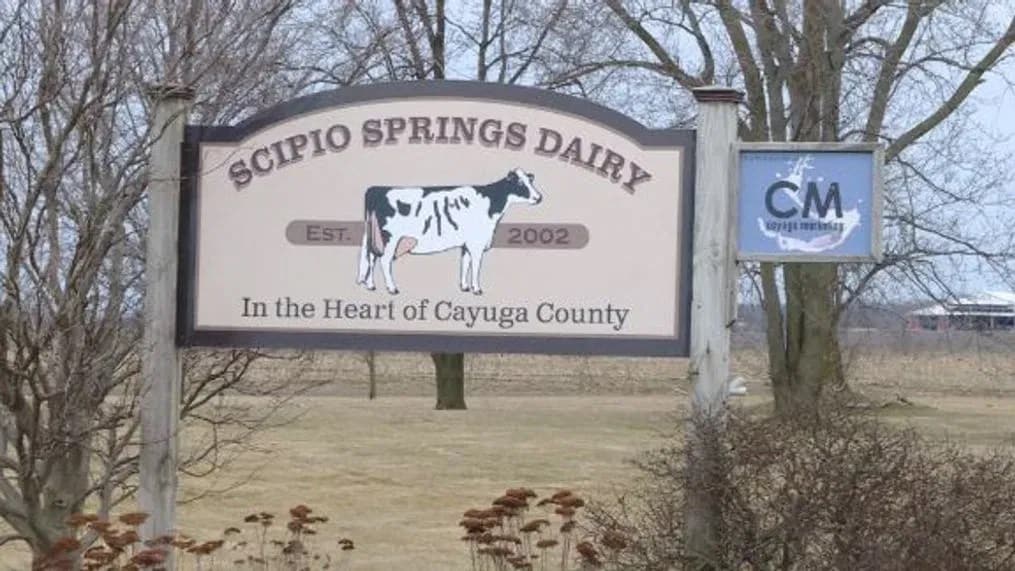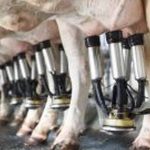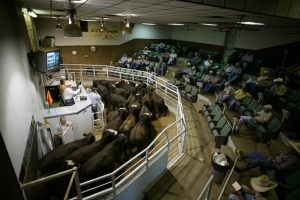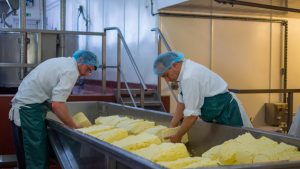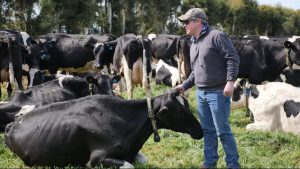
The United States Department of Agriculture holds a census once every five years, and the results from 2022 are startling.
Thousands of farms have closed over the past few years, and dairy and meat production is plummeting in New York State.
According to the USDA Census in 2017, there were around 33,000 farms across New York State. In 2022, it is now down to around 30,000 – approximately 3,000 farms gone in just five years.
Scipio Farm in Union Springs started as a 49-acre farm in 2002. Fast forward 22 years, and now it spans 2,000 acres with 1,100 cows.
In his time in the industry, first-generation farm owner Jon Gilbert has seen farms come and go across the state due to uncertainty in the industry.
We are price takers and not price makers, and we do not set the price we are going to get for our milk. In fact, we are paid a month after we produce it, so a lot of those uncertainties weigh heavy on us and other family farmers what the future is.
Gilbert says the value of farms and their community impact is undervalued. His farm worked with more than 200 local businesses last year alone.
So when 3,000 farms have closed in the last five years, it concerns farmers like Gilbert. He says it has forced farms to merge with neighbors to stay afloat.
The number of dairy farms has significantly dropped, but the cow numbers have remained stable, so what’s happening is the farms are consolidating, growing, merging, or people are retiring.
Each cow at Scipio Springs Dairy Farm in Union Springs, New York recieves around 120 pounds of feed a day. (Photo by CNY Central)This is causing farmers to become even more efficient with their land and cattle usage so they can keep products and prices in check.
“Whether we are making milk or making anything in a commodity market. Efficiency is the name of the game. In order for us to remain in business, we gotta invest a lot and keep our animals and our staff happy and productive.”
Gilbert says farmers never like to see another farm close but as long as farms can stay efficient, they can remain open, which could keep the price low on your next gallon of milk.
